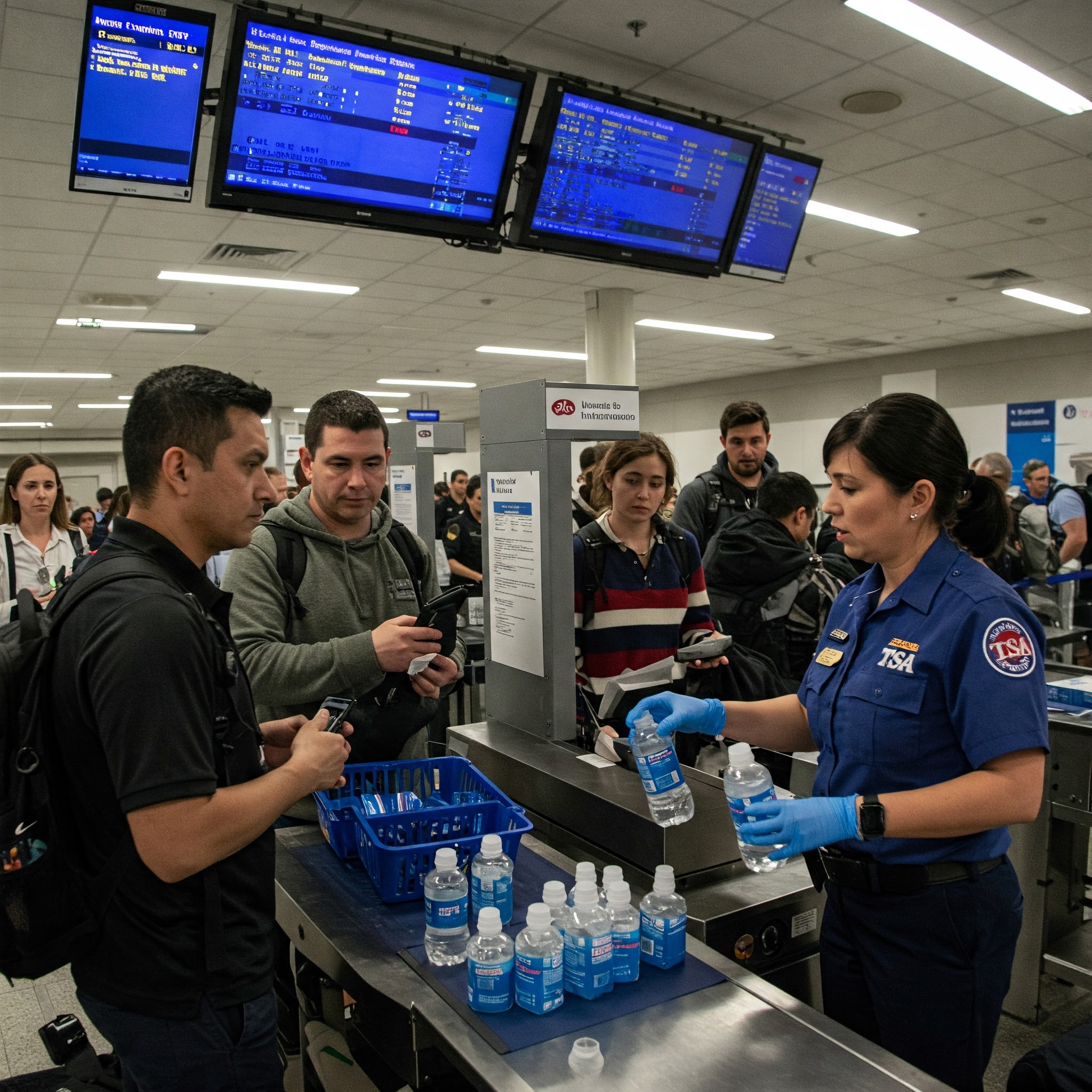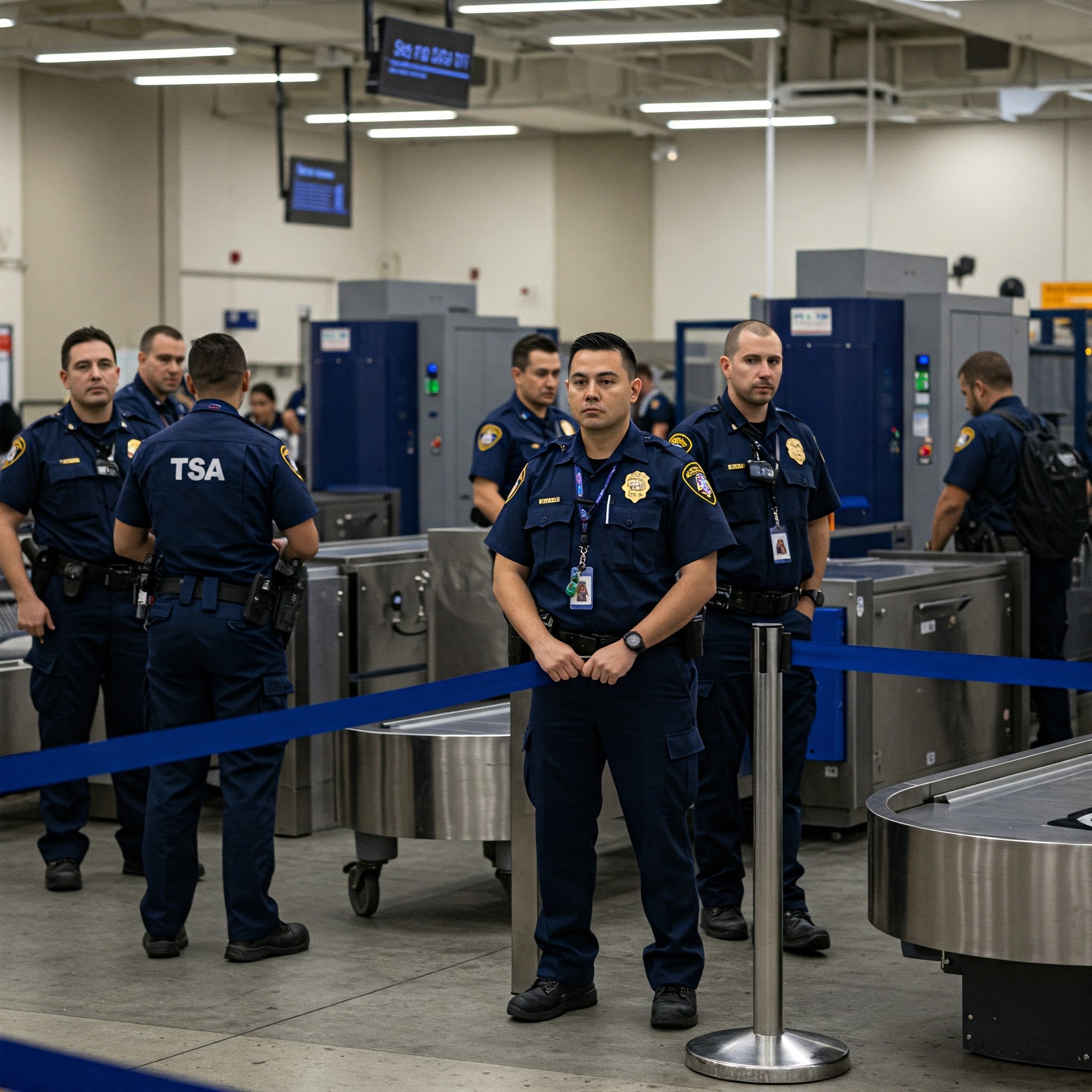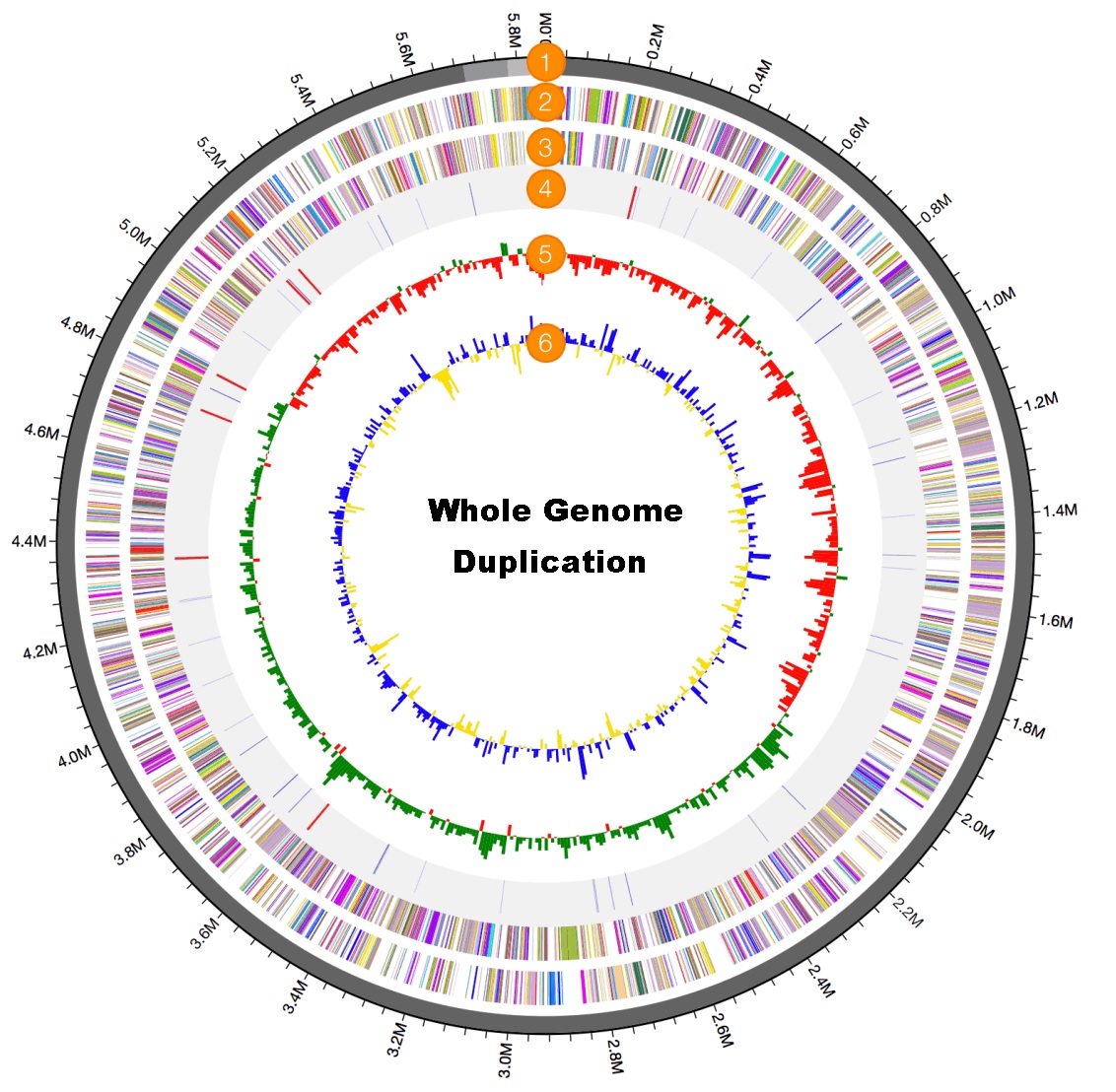Have you pondered the reason behind the prohibition of bringing your cherished full-sized shampoo bottle on an airplane? Or why airport security requires you to place your travel-sized toiletries in a transparent plastic bag? The explanation is found in the TSA 3-1-1 Rule, a directive that has influenced air travel security for almost two decades.

Since its introduction, the 3-1-1 Rule has become a common practice for regular travelers, yet many passengers remain perplexed or annoyed by its stipulations and this regulation, which restricts liquids, aerosols, and gels to containers of 3.4 ounces within a single quart-sized bag, has an intriguing history stemming from security measures established post-9/11.
In this article, we will delve into the origins of the TSA 3-1-1 Rule, investigate its application and effect on air travel, and assess the continuous security protocols and adherence procedures whether you are an experienced traveler or embarking on your first flight, comprehending this rule will facilitate your navigation of airport security and ensure a safer flying experience for all.
Understanding the TSA 3-1-1 Rule
A. Definition of the 3-1-1 Rule
The TSA 3-1-1 rule, implemented in 2006 following a foiled terrorist plot, restricts liquids, gels, and aerosols in carry-on luggage and allows passengers to carry:
| Aspect | Limitation |
|---|---|
| Container size | 3.4 ounces (100 milliliters) |
| Bag size | 1 quart-sized plastic bag |
| Bags per passenger | 1 |

B. Items covered by the rule
The rule applies to:
- Toiletries (toothpaste, shampoo, conditioner)
- Beverages
- Creamy dips and sauces
- Food items (gravy, cranberry sauce)
C. Container size limitations
Containers must not exceed 3.4 ounces (100 milliliters). Larger liquid containers must be checked. Exceptions exist for medically necessary liquids, which must be declared at security checkpoints.
Implementing the 3-1-1 Rule for Air Travel
Packing liquids, aerosols, and gels
The TSA 3-1-1 rule significantly impacts how travelers pack liquids, aerosols, and gels. While the general limit is 3.4 ounces per container, exceptions exist for medically necessary items. Prescription medications, breast milk, and baby formula are allowed in larger quantities when declared. Non-prescription medications and contact lens solutions typically adhere to the 3.4-ounce limit. Travelers must pack these items in a clear, quart-sized bag for easy inspection.
| Item Type | Allowed Quantity |
|---|---|
| General liquids | 3.4 oz or less |
| Prescription meds | As needed (declared) |
| Baby formula/milk | Reasonable amount |
| Medical liquids | As needed (declared) |

A. Importance of following TSA regulations
Following TSA regulations is essential for ensuring aviation security. Compliance helps maintain smooth airport operations and reduces delays. Travelers who adhere to the rules contribute to collective safety efforts and enjoy a more efficient screening process.
B. Screening process for liquids
| Step | Description |
|---|---|
| 1 | Place liquids in a clear, quart-sized bag |
| 2 | Remove bag from carry-on at checkpoint |
| 3 | Place bag in bin for X-ray screening |
C. Consequences of non-compliance
Non-compliance with TSA regulations can lead to:
- Confiscation of prohibited items
- Delays in the security screening process
- Potential fines or penalties
- Missed flights due to extended screening procedures
With this understanding of security measures and compliance, we’ll next explore traveler experiences and feedback on the 3-1-1 rule.

The TSA 3-1-1 Rule has become an integral part of air travel security since its implementation following the events of 9/11 and this regulation, which limits liquids, aerosols, and gels to 3.4-ounce containers in a single quart-size bag, has significantly impacted how travelers pack and prepare for their flights, while it may sometimes feel inconvenient, understanding and complying with these rules is crucial for maintaining safety in air travel.
Conclusion: As air travel continues to evolve, it’s essential for passengers to stay informed about current security measures. The TSA encourages travelers to provide feedback on their experiences, helping to improve the screening process for everyone. By working together and adhering to these guidelines, we can all contribute to safer and more efficient air travel for years to come.
LATEST
-
Apple’s Financial Outlook Uncertain Amidst New Tariff Regulations
Imagine Apple’s supply chain as a carefully choreographed dance With parts coming from all…
-
Rare, Medium, or Well-Done? Trump’s Tariff Beef With Australia Serves Up More than at Stake
Sizzling tensions are rising between the United States and Australia 🥩 And it’s not…
-
Chinese Military Links Exposed in Popular Apps, Endangering User Privacy
Countrywide Cybersecurity Incident has occurred When a concerning investigation has brought to light the…
-
Unlock Your Best Self: 5 Must-Have Wellness Products You Never Knew You Needed
Life fly-by quickly, and often it’s the small comforts that play a significant role.…
-
Aging Backwards is now possible with Mystery of Whole-Genome Duplication!
Imagine a secret weapon so powerful it can reshape the course of evolution itself.…
-
From American Dream to Debt Terror: The Truth Behind Credit Cards in US
Have you ever wondered why credit card interest rates seem to defy economic logic?…










